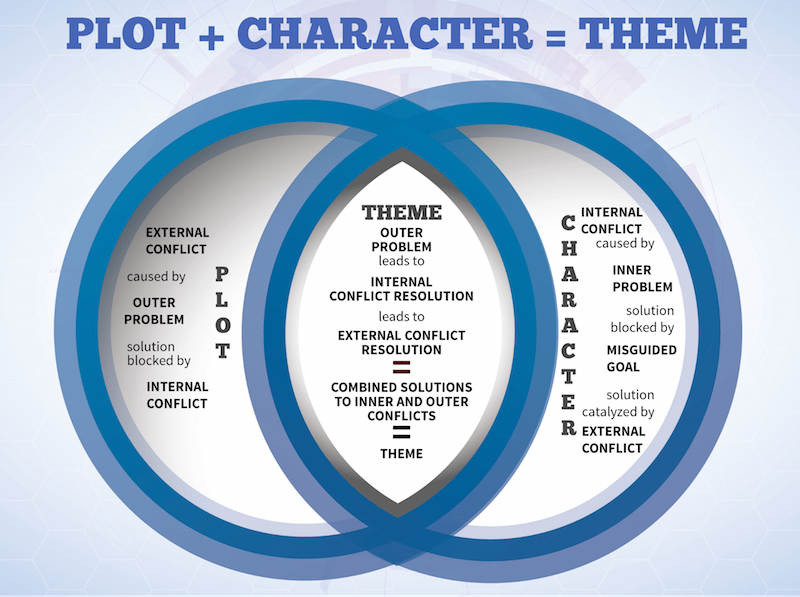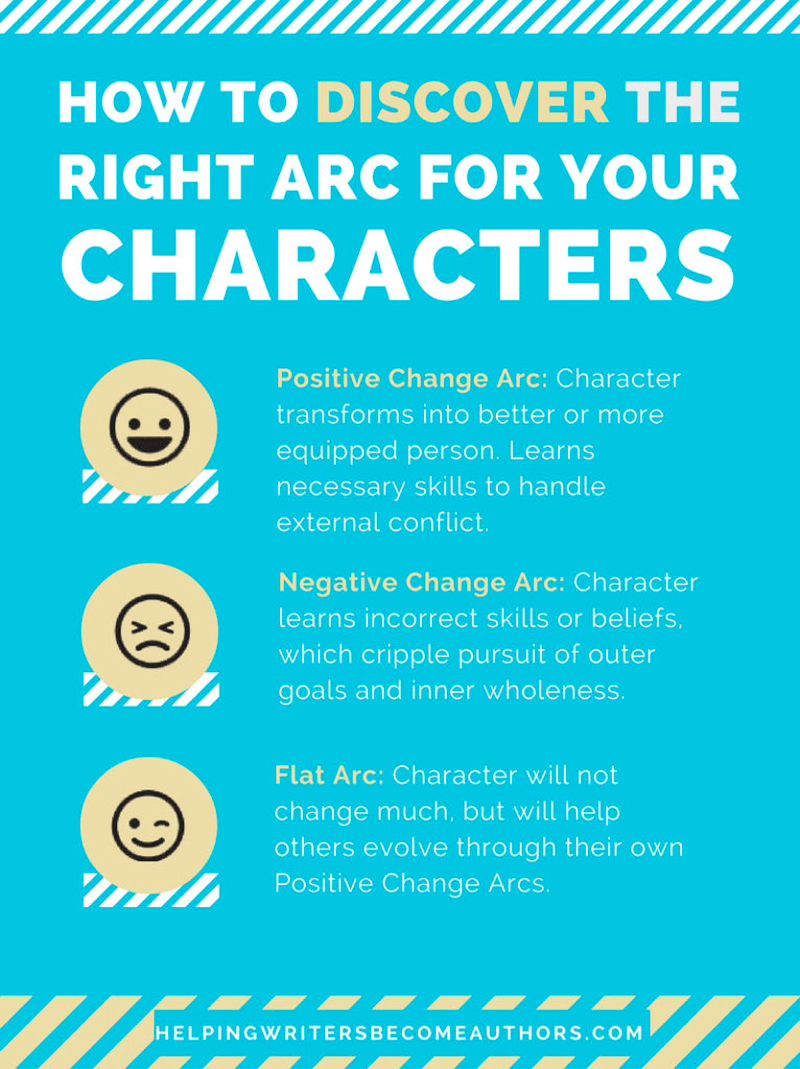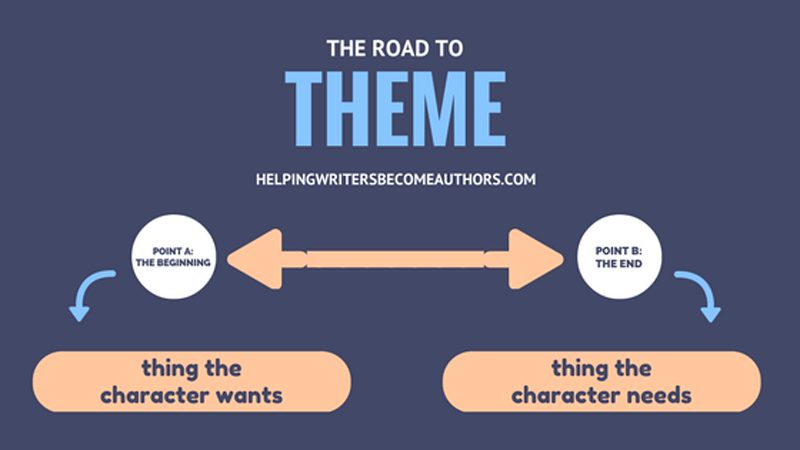How to Discover the Heart of Your Story
Episode #3 of the course How to outline your novel by K.M. Weiland
Welcome to the third lesson in our course about how to outline your novel. You’ve already figured out the bones of your story. Now it’s time to find your story’s beating heart: its theme.
Theme is one of the most important story elements you can address in the outline. Without this foundation, you won’t be able to pull the disparate elements of your story—including plot and character—together into a seamless whole.
Three Questions to Help You Find the Heart of Your Story
Start by asking yourself the following questions. Explore all the obvious answers until you find the ones that fit, that feel right, and that make sense within your vision for the plot.
1. Plot: What Is Your Story’s External Conflict?
Take a long hard look at the plot you uncovered yesterday in Lesson #2. What is it really about? What is the story under its skeleton?
● What is your protagonist trying to achieve?
● Why is he trying to achieve it?
● What is the antagonist trying to achieve?
● Why is he trying to achieve it?
● What are the stakes (personal and public) should the protagonist fail?
● How will the protagonist have to change to be able to externally and physically defeat the antagonistic force and gain his goal?
2. Character: What Is Your Story’s Internal Conflict?
Your protagonist’s internal conflict is the foundation for his character arc. Character arc is the transition a character undergoes over the course of the story.
To determine which type of arc is best for your story, consider the external conflict.
● Will your character achieve his end goal? Why or why not?
● Will he end as a better or worse person?
● How might he need to grow into a better person in order to gain his goal?
● How might his personal desires and motives change over the course of the story?
Character arcs and their internal conflict are founded upon the fulcrum of two opposing goals within the character:
1. The Thing the Character Wants
○ Prompts the external plot goal.
○ Is a conscious desire on the part of the protagonist.
○ Is a wrongful desire (either because it is an inherently harmful or selfish end goal or because the character blindly believes it will fix his inner problems when it will not).
○ Is based on a lie (see next section).
2. The Thing the Character Needs
○ Is an internal thematic need.
○ Is often an unconscious desire on the part of the protagonist.
○ Is a healthy desire (which will ultimately lead to fulfillment and wholeness, although not necessarily external gratification).
○ Is based on a truth (see next section).
The Thing the Character Wants will power the external plot. The Thing the Character Needs will power his internal evolution over the course of the story.
3. Theme: What Is Your Story’s Theme?
Stop thinking of theme as a nebulous transcendent concept. Instead, think of your theme as a road with a defined beginning and ending.
● The Beginning of Theme: The Lie Your Character Believes
Both your story and your theme begin with a false premise: your character believes a lie. This lie is what fuels the Thing He Wants. The lie is what leads him to believe that if he can only gain the Thing He Wants, his inner self will find wholeness and victory.
● The End of Theme: The Truth Your Character Believes
The truth is the Thing Your Character Needs. Once you know your story’s truth, you will be able to start mapping a way to help your character either find it or reject it in your story’s end. It will influence every important plot decision you make from this point on.
The truth is your story’s thematic premise. It is the inner story that is being proven by the metaphor of the outer story.
Stay tuned! Tomorrow, we’re going to talk about how to spot and fill all your plot holes before they even happen.
Recommended book
Creating Character Arcs by K.M. Weiland
Share with friends




